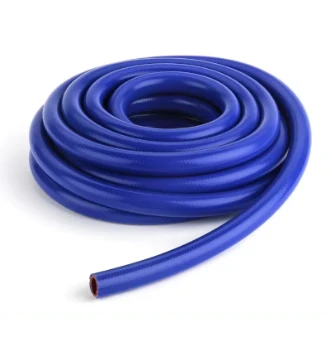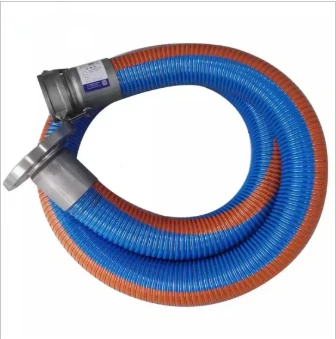
- Afrikaans
- Albanian
- Amharic
- Arabic
- Armenian
- Azerbaijani
- Basque
- Belarusian
- Bengali
- Bosnian
- Bulgarian
- Catalan
- Cebuano
- Corsican
- Croatian
- Czech
- Danish
- Dutch
- English
- Esperanto
- Estonian
- Finnish
- French
- Frisian
- Galician
- Georgian
- German
- Greek
- Gujarati
- haitian_creole
- hausa
- hawaiian
- Hebrew
- Hindi
- Miao
- Hungarian
- Icelandic
- igbo
- Indonesian
- irish
- Italian
- Japanese
- Javanese
- Kannada
- kazakh
- Khmer
- Rwandese
- Korean
- Kurdish
- Kyrgyz
- Lao
- Latin
- Latvian
- Lithuanian
- Luxembourgish
- Macedonian
- Malgashi
- Malay
- Malayalam
- Maltese
- Maori
- Marathi
- Mongolian
- Myanmar
- Nepali
- Norwegian
- Norwegian
- Occitan
- Pashto
- Persian
- Polish
- Portuguese
- Punjabi
- Romanian
- Russian
- Samoan
- scottish-gaelic
- Serbian
- Sesotho
- Shona
- Sindhi
- Sinhala
- Slovak
- Slovenian
- Somali
- Spanish
- Sundanese
- Swahili
- Swedish
- Tagalog
- Tajik
- Tamil
- Tatar
- Telugu
- Thai
- Turkish
- Turkmen
- Ukrainian
- Urdu
- Uighur
- Uzbek
- Vietnamese
- Welsh
- Bantu
- Yiddish
- Yoruba
- Zulu

જાન્યુઆરી . 30, 2025 04:08 Back to list
connecting hydraulic hoses


During installation, routing of the hoses demands careful attention. Avoid sharp bends as they can weaken hose walls and potentially cause rupture under high pressure. Instead, aim for broad, gentle bends, employing clamps to secure hoses in place. This prevents excessive movement during operations that could lead to wear and tear. Ensure hoses do not rub against sharp edges which could cut into the hose materials and cause premature failure. Trustworthiness is further established through regular maintenance and inspection procedures post-installation. Conduct routine checks to identify signs of wear, such as blisters, leaks, or thinning. Hydraulic systems should never operate with damaged hoses as this could lead not only to system inefficiency but also to catastrophic failures, posing safety risks. Hose replacements should adhere to manufacturers' specifications, and when in doubt, consult a professional to assess the suitability of replacements. It’s also advisable to keep an accurate record of all hydraulic hose installations, documenting the type, length, fittings used, and date of installation. This level of detail supports future maintenance activities and ensures replacements can be made with the correct components, reducing the risk of incorrect installations. Safety standards and regulations should always be at the forefront when dealing with hydraulic hose connections. Adhering to these standards reinforces confidence and credibility not only within your organization but also in the minds of partners and clients. Ensure all installations comply with international and local safety guidelines, demonstrating a commitment to best practices and safety. In conclusion, connecting hydraulic hoses is more than a mere technical task—it's an integration of expert planning, precise execution, and ongoing diligence. With experience and expertise guiding the process, one can ensure that hydraulic systems remain efficient and reliable, minimizing downtime and extending equipment lifespan. Prioritizing these factors as part of your maintenance strategy fosters not only operational success but also builds a reputation for reliability and professional integrity in the hydraulic systems field.
Latest News
Steel Wire Reinforced Hydraulic Hose SAE 100 R1 / EN853 1SN S
NewsOct.17,2024
Two Layers Steel Wire Reinforced Hydraulic Hose SAE 100 R2 / EN853 2SN
NewsSep.03,2024
Textile Braid Reinforced Hydraulic Hose SAE100 R3+R6
NewsSep.03,2024
Textile Reinforced Hydraulic oil Suction Hose with embedded Steel Wire SAE 100 R4
NewsSep.03,2024
Single Wire Braid and Textile Covered Hydraulic Hose SAE 100 R5
NewsSep.03,2024
High Pressure Thermoplastic Hydraulic Hose SAE 100 R7 / EN855 R7 - SAE 100 R8 / EN855 R8
NewsSep.03,2024
Heavy Duty Four-layer Steel Wire Spiral Reinforced Hydraulic Hose SAE100R9+R10+R12
NewsSep.03,2024
Heavy Duty Multi-layer Steel Wire Reinforced Hydraulic Hose SAE100R13 SAE100R15
NewsSep.03,2024
Latest Products










